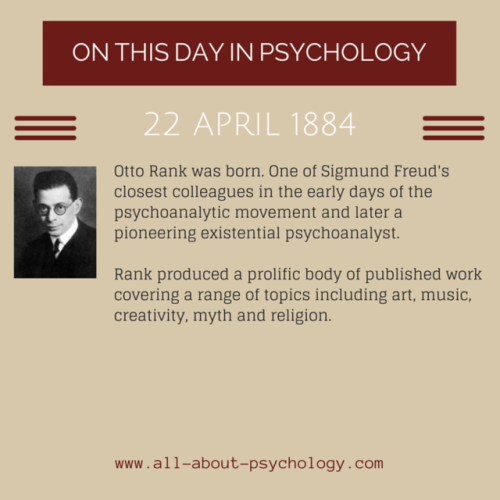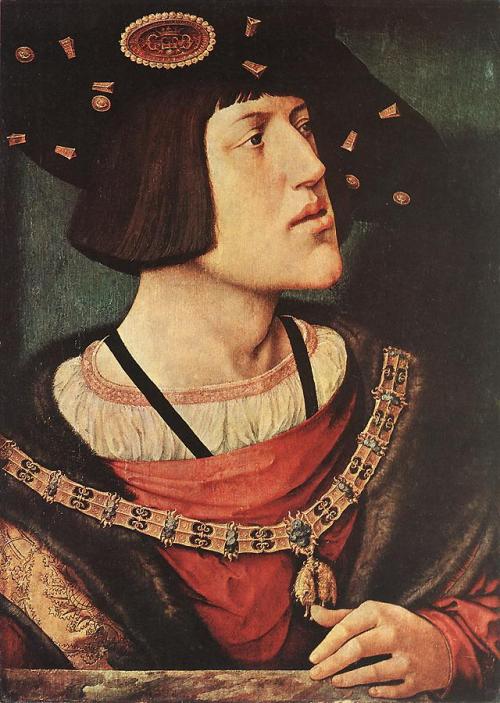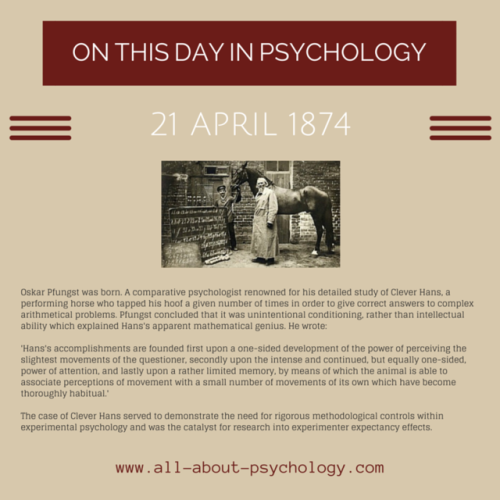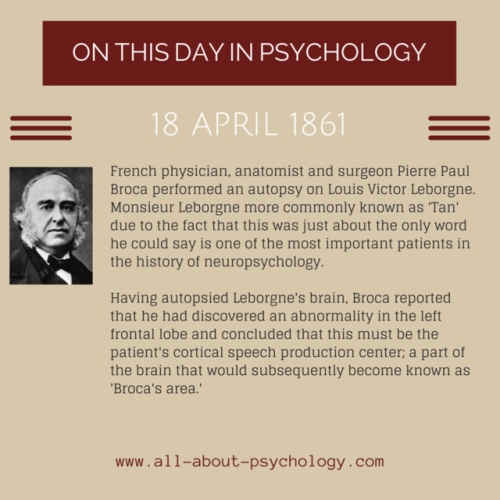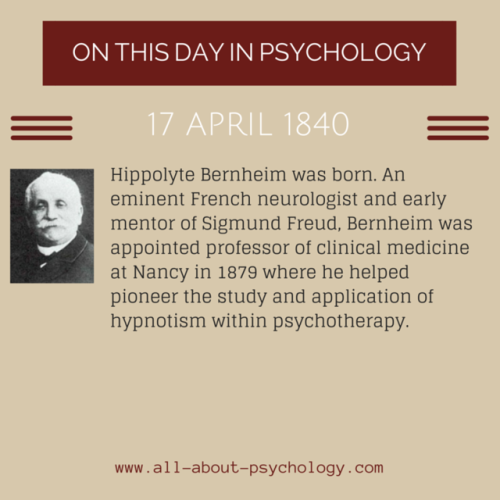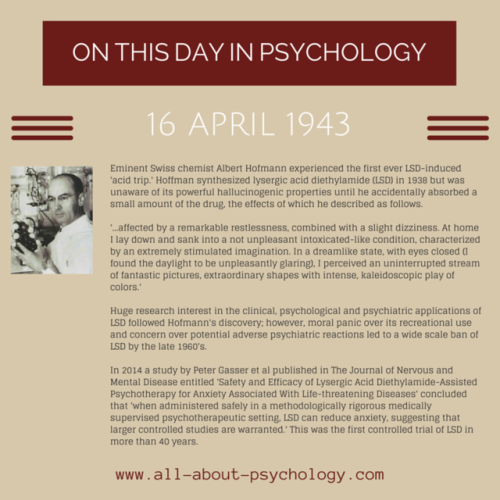The large Czech town of Uherské Hradište is believed to have been a center of the Holy Moravian Empire, which was the first major state that was predominantly West Slavic. The empire was notable for ushering in Christianity in the region after the arrival of St. Cyril and St. Methodius in 863; the Holy Moravian Empire’s use of the Glagolitic alphabet invented by those saints also birthed the first ever Slavic literary culture.
Uherské Hradište itself boasted a large church and baptistery and was inhabited by dukes, noblemen, craftsmen, tradesmen, farmers, and probably slaves. A team of researchers have recently conducted a study comparing samples of DNA obtained from 75 men buried in high-status graves between the 800s and 1200s CE with 340 living men, whose last names appeared in historic registry records. In other words, the living men’s last names suggest their families have been in the area of Uherské Hradište for quite a while.
Y-chromosome markers identified 18 men, out of the 340, who are descended from Great Moravian noblemen. The researchers were surprised by such a large number. It seems small, yes, until you consider that East Moravia used to border Hungary. As a liminal space between Germany and the Austro-Hungarian Empire it was affected by many wars, from the Thirty Years’ War to World War II.
